In This Issue
Cervical (i.e. neck pain) is a common condition and may arise for several reasons including poor posture, arthritic disease, injury, or nerve compression. Most often, neck pain is caused by muscle strain. However, neck pain can also be a symptom of a more serious condition such as disease or injury. If patients begin to experience pain or tingling into their shoulders or arms, they should seek medical attention in order to identify the underlying cause. In this issue, we will identify the common causes of neck pain as well as treatment options.
Neck Pain Caused by Injury
Many individuals involved in motor vehicle accidents or high-impact sports complain of neck pain as a result of a flexion/extension injury, also known as “whiplash.” In a whiplash injury, the head rapidly extends forward and snaps back.
In this type of injury, the facet joints and supporting soft tissues that allow one to bend, twist, and rotate may become injured. Radiographic imaging, such as an x-ray, may help to determine the cause of the pain. Like many injuries, whiplash injuries are first treated conservatively with anti-inflammatory medications or physical therapy. In some cases, individuals continue to struggle. In these cases, treatments such as facet denervation or cervical radiofrequency ablation (rhizotomy) is considered. In this procedure, the small sensory nerves that transmit pain are disrupted with a small heating element in an outpatient setting.
Another common injury can occur to the discs between vertebrae known as disc protrusion or herniation. In these injuries, a portion of the disc ruptures and compresses a nerve which may give pain into one or both arms.
The diagnosis is confirmed using an MRI of the area, which is used to provide physicians with a detailed picture of the surrounding nerves and tissue.
Treatment often includes conservative strategies such as physical therapy or chiropractic care. These treatments may also be employed in conjunction with non-opioid medications or epidural steroid injections. If pain persists after conservative treatment, spinal surgery may be considered. If pain unfortunately persists after surgery, then more advanced pain technologies such as spinal cord stimulation may be an option.
Muscle Strain and Treatments
One of the most common causes of neck pain is muscle strain. This may be a result of leaning forward. Your head weighs approximately 10 to 11 pounds. Poor posture can cause strain on the muscles that help to support the head. This is a common condition among young people as they look down at their electronic devices, called “text neck”; as you lean forward, the head becomes heavier.
Muscle strain is typically treated conservatively with anti-inflammatory medications and physical therapy to help to strengthen the muscles that support the neck and head. Good posture will also help to relieve some of the muscular pain. In more severe cases, muscle relaxant medication may be provided for short-term use. Minimally invasive trigger point injections may also be performed to break up tight muscles.
Spinal Stenosis
Spinal stenosis is a common condition that is defined as the narrowing of the spinal canal. This narrowing can put pressure on the nerves that travel through the spine, which can cause neurological symptoms. These symptoms may include pain, numbness, muscle weakness, and/or paresthesia (pins and needles).
The primary cause of stenosis is typically age-related degenerative changes. These degenerative changes can narrow the spaces around the spinal cord resulting in spinal stenosis. Not all people with spinal stenosis have symptoms associated with this condition; however, patients may initially complain of fluctuating pain which becomes more consistent with time and may complain of headaches, pain radiating down their arm, and/or numbness or tingling into the hand.
Symptoms of spinal stenosis can often be treated with physical therapy and medications; however, an MRI or CT scan may be ordered if the patient’s symptoms do not resolve with conservative treatments. The MRI can help determine the location of the stenosis giving the physician more direction on how to treat the symptoms.
Ultimately, the treatment for spinal stenosis may be surgery, but often, symptoms can be managed conservatively. An epidural steroid injection is a conservative treatment that can be performed to help reduce the symptoms. Although conservative treatments are not a “cure” for the condition, many people are able to live with the condition and experience few or no symptoms.
Contact form
Or just call (412) 221-7640 and we’ll do everything we can to help.
Across all review platforms
Dr. David Provenzano, a leading expert throughout the nation for treating patients who suffer daily from pain, uses advanced diagnostic techniques to assess the source of the pain and develop a comprehensive and safe treatment approach that can significantly reduce your pain.

